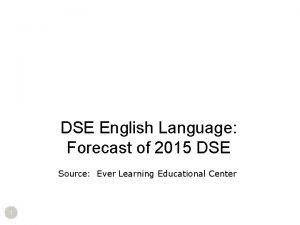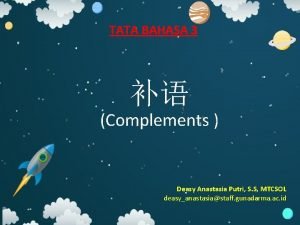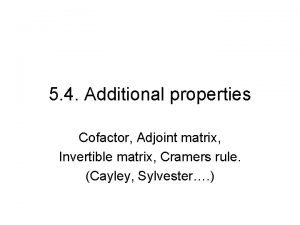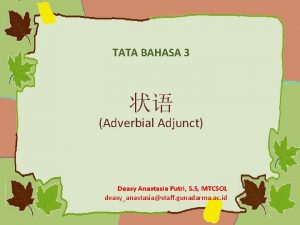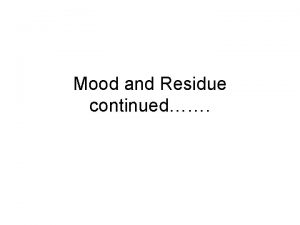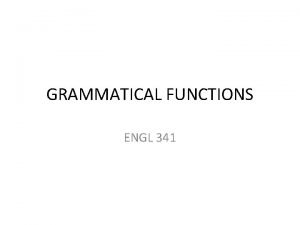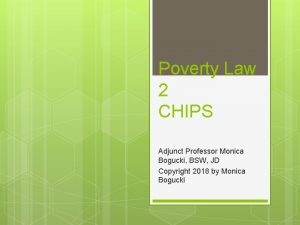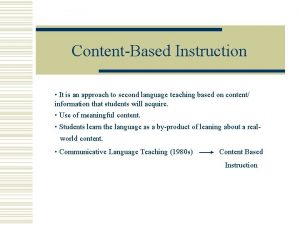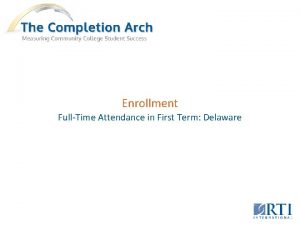Reading Faculty FullTime vs Adjunct Fall 2015 Dorothy










- Slides: 10

Reading Faculty (Full-Time vs. Adjunct) Fall 2015 Dorothy Scully retired Spring 2013 (replacement position) Janelle Gray retired Spring 2014 (replacement position/growth position) 35% Sarah Hawes hired Spring 2014 (to replace Dorothy Scully) John Clanton hired Spring 2015 (separation date December 2015) 65% Full-Time Adjunct

Reading Faculty (Full-Time vs. Adjunct) Spring 2016 No Replacement Position 46% 54% Full-Time Adjunct

Average Beginning Fill Rates (Reading 40, 82, 184 and Spelling 32) Enrollment Trends � 12% Higher Than College-Wide Average Reading/Spelling 2011 -2012 -2013 -2014 -2015 Beginning Fill Rate 131% 123% 119% 117% Census Fill Rate 112% 106% 103% 102% Retention Rate 81% 85% 86% 85% Success Rate 65% 71% 72% 71% 2011 -2012 -2013 -2014 -2015 Beginning Fill Rate 112% 111% 104% 100% Census Fill Rate 99% 97% 90% 86% Retention Rate 80% 82% 78% Success Rate 62% 65% 62% COLLEGE Source: 2015 Program Review

Census Fill Rate (2012 -2015) Reading Data/College Data 109% 12% Higher Than College-Wide Average 104% 99% 94% 89% 84% Reading Average Source: Program Review 2015 College. Wide Average

Reading Retention Rates (2012 -2015) Reading Data/College Data 86% 85% 5% Higher Than College-Wide Average 84% 83% 82% 81% 80% 79% Reading Average Source: Program Review 2015 College. Wide Average

Reading Success Rate (2012 -2015) Reading Data/College Data 73% 71% 10% Higher Than College-Wide Average 69% 67% 65% 63% 61% 59% Reading Average Source: Program Review 2015 College. Wide Average

Bottlenecks Waitlists in Reading 40 are partly the result of the English 49/Reading 40 co-requisite. Many of the waitlisted students who are unable to enroll in Reading 40 must then drop (or are unable to add) English 49.

Bottlenecks The number of English 49 sections continues to grow, which requires concurrent growth in the number of Reading 40 sections. Chart Title 25 20 15 10 5 0 Fall 2012 English 49 Fall 2015 Reading 40

Reading Classes Serve Non-Traditional Students Reading courses function as a logical transition between the ESL sequence and the English sequence, and the Reading Department continues to serve a high number of ESL students. The Reading Department receives many of its students from Student Services programs such as EOP&S, Cal. Works, CARE, and Disability Services as Reading 40 continues to serve as a point-of-entry for many non-traditional students.

Reading Courses Contribute to Student Success In 2012, the success rate for English 50 students who had taken Reading 40 was 16% higher than the general student population. � 75% pass rate vs 63% pass rate English 50 Success Rates 76% 74% 72% 70% 68% 66% 64% 62% 60% 58% 56% WITH W/O READ 40 40

